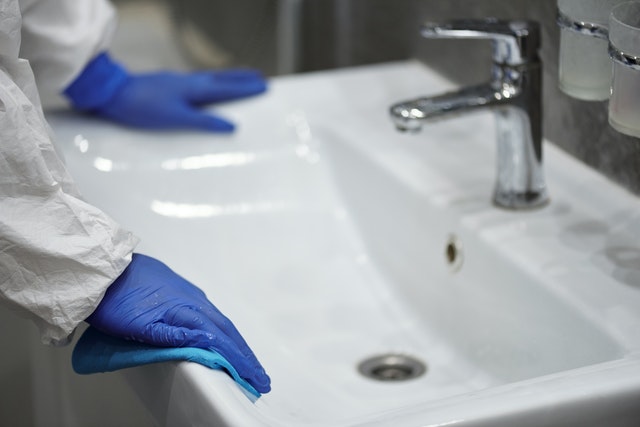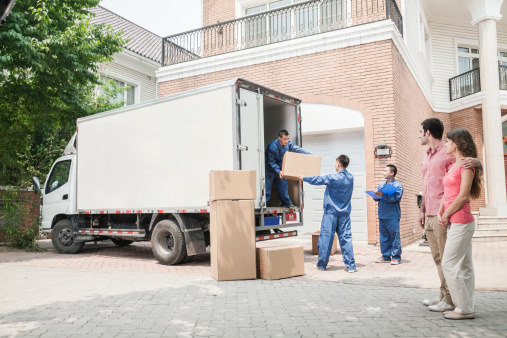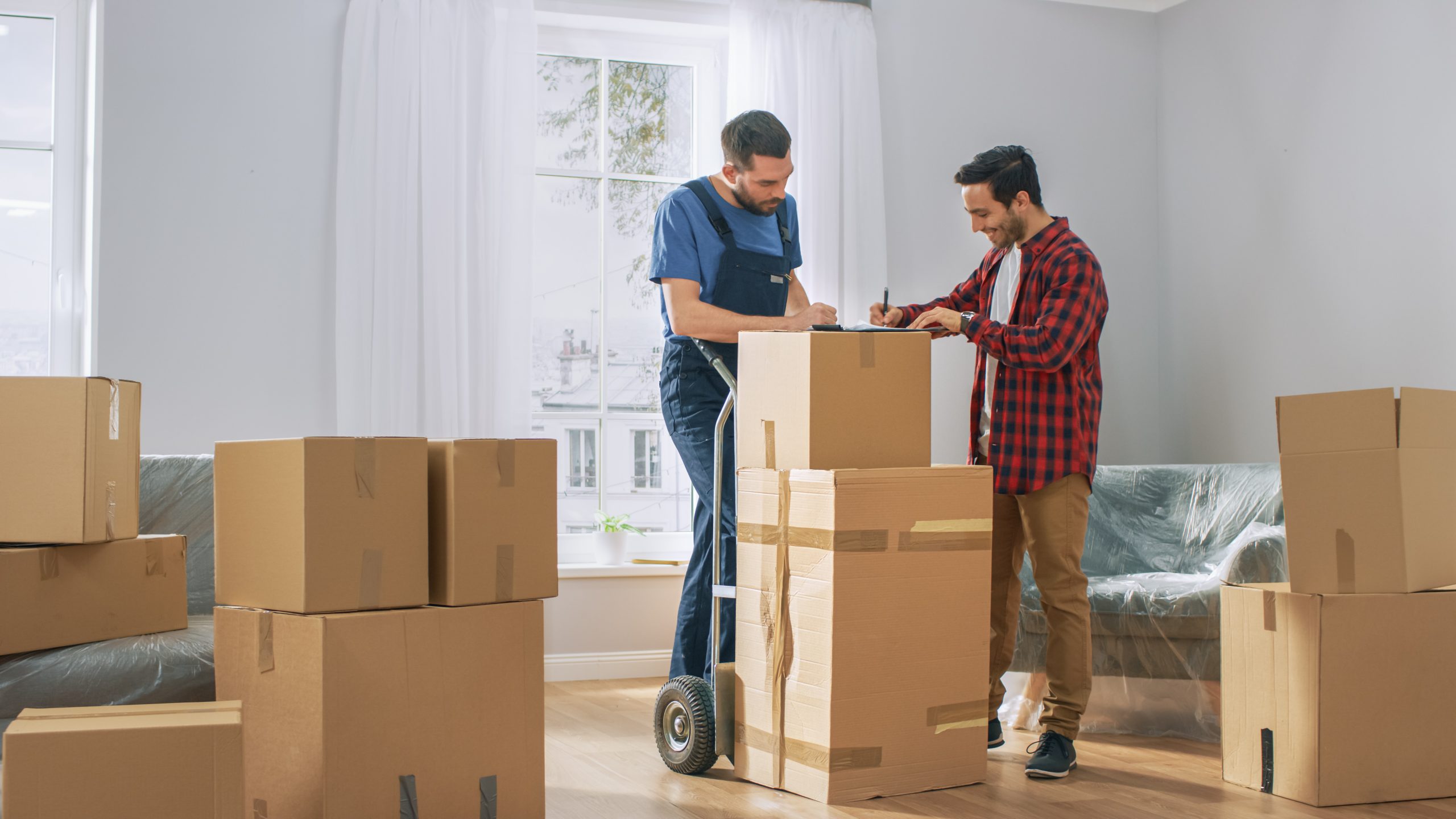With the arrival of the cold season, the only concern is not only to keep away from colds but also to keep our home in the best conditions with a good heating system and to take some preventive measures.
A cause for concern is the water pipes, especially those that are exposed to the outside, since if the water freezes inside it can break the pipe and generate a great headache.
To avoid costly repairs, the best thing we can do is practice prevention and for this reason, below, we will offer you some tips to take care of your plumbing in the cold.
But why do water pipes freeze and burst?
When the temperature plummets, perhaps 20 degrees or less, that will spell trouble for pipes with stagnant water. The water, when it begins to freeze, expands, although it is not exactly the ice that can cause fissures and cracks in the tube, but rather the pressure force of the water that accumulates between the blockage and the closed faucet.
The key is to keep Warm:
In other words, don’t let the cold penetrate the home until it reaches the water pipes. There are simple steps we can take before winter hits, like caulking cracks in walls, ducts, and foundations. Likewise, the same must be done with windows, air ducts, electrical outlets and other services.
What to do with the water pipes that go through the closets and cabinets? It is advisable to open cabinets under the sink so that the warm air of the house circulates through there. Similarly, the exterior doors for entry and exit must always be closed; this is the case of the garage door that is usually not heated.
These 4 tips guarantee plumbing care in the cold:
1) Fix leaks before winter Arrives:
If we suspect that there are leaks in the home, it is prudent to fix them before the arrival of winter because later it will be more complicated to make this type of repair.
How to start the diagnosis? Let’s start by checking all the faucets in the laundry room, bathrooms and kitchens. If a puddle of water is found and the taps have not been used, we probably have a leak that is causing a leak.
Here are some tips you should know to fix the leakage in pipes
If it’s within our power, let’s fix the problem right away. If the problem is complex or persists, it is time to call a plumber to get the pipes perfectly ready before the low temperature season.
2) Use insulation on pipes exposed to the Outside:
If we live in a place where temperatures drop sharply during the winter, the water will easily freeze inside the pipes. That’s why to reduce that possibility we can wrap some of the exposed pipe with a foam blanket (this can be purchased at most hardware stores). If you don’t have self-adhesive borders, we’ll use regular duct tape to secure the material being attached.
3) Keep the water moving:
A good practice, if the cold is extreme, is to leave the tap with water slightly dripping. What is sought in these cases is that the water current is in movement because, as we have said, when stagnant water can freeze the pipes. Leaving a small and constant thread of water leaking will always be less expensive than having to repair the pipe.
4) Drain heaters, hoses, and pipes:
In places where the water is hard, sediments tend to accumulate causing oxidation. The problem with this rust is that it can seep into the water we cook and drink with. If we have a heater, we should rinse it with an anti-lime solution before the winter season begins, this will help to have better protection against the cold and the effects of rust.
If there are internal shut-off valves that lead to other external taps, they must be closed, especially if we are going on vacation. However, this is a good time to inspect the sump pump and the well in which it rests. The problem is that in extremely low temperatures the pump can freeze up and stop working, causing unwanted splashes of water.
If we are using garden patio hoses, we need to drain the water from them to prevent them from turning to ice and bursting the hose. If we have water pipes in the basements, they are still susceptible to freezing, so we recommend thermal tapes that can be purchased at a hardware store and are easy to install. Tips to unclog sink pipe





